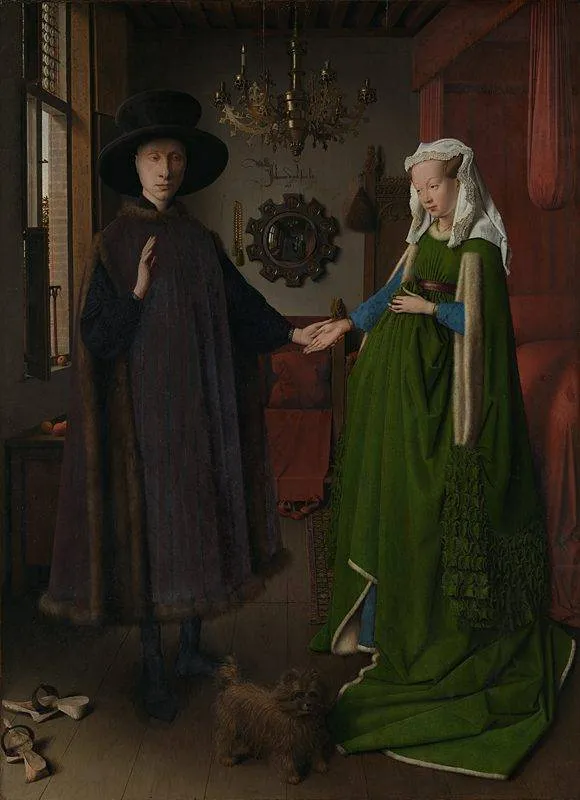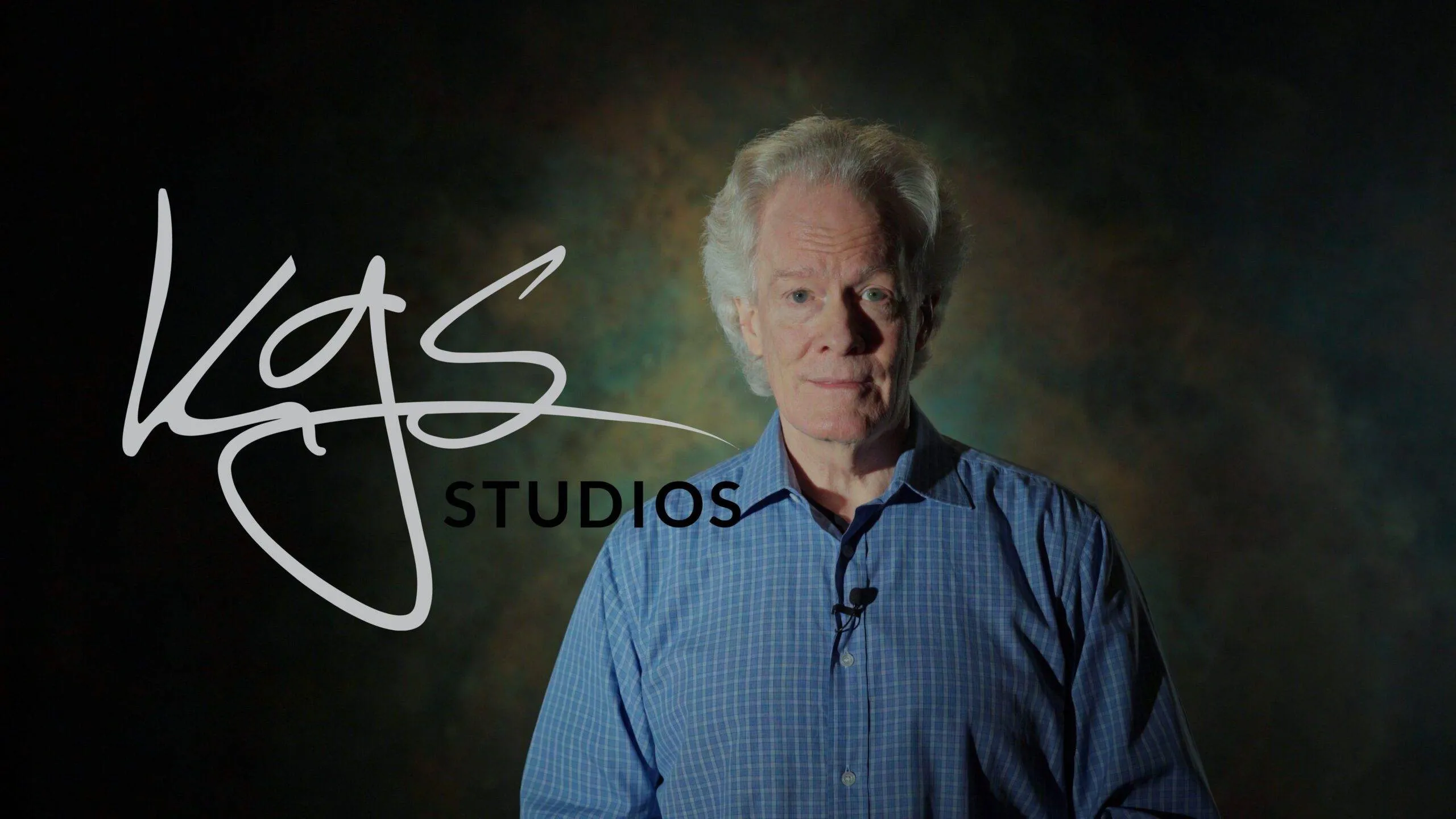The Matriarch’s Dilemma: The Psychology of a Modern Legacy Portrait
For centuries, the fine-art portrait was not an exception; it was the expectation for women of significance. It was the accepted method for securing a family’s story and the matriarch’s place within it. Yet today, in a culture that prizes the disposable snapshot, the decision to commission a permanent, grand-scale portrait can feel monumental and, for many women, fraught with unexpected psychological hurdles.
This hesitation is not a personal failing. It is a predictable response to a complex set of modern social pressures. As an artist who has spent a lifetime studying human behavior, I believe that we must first understand the invisible forces our clients are navigating to truly empower them.
The Historical Precedent: A Lost Tradition
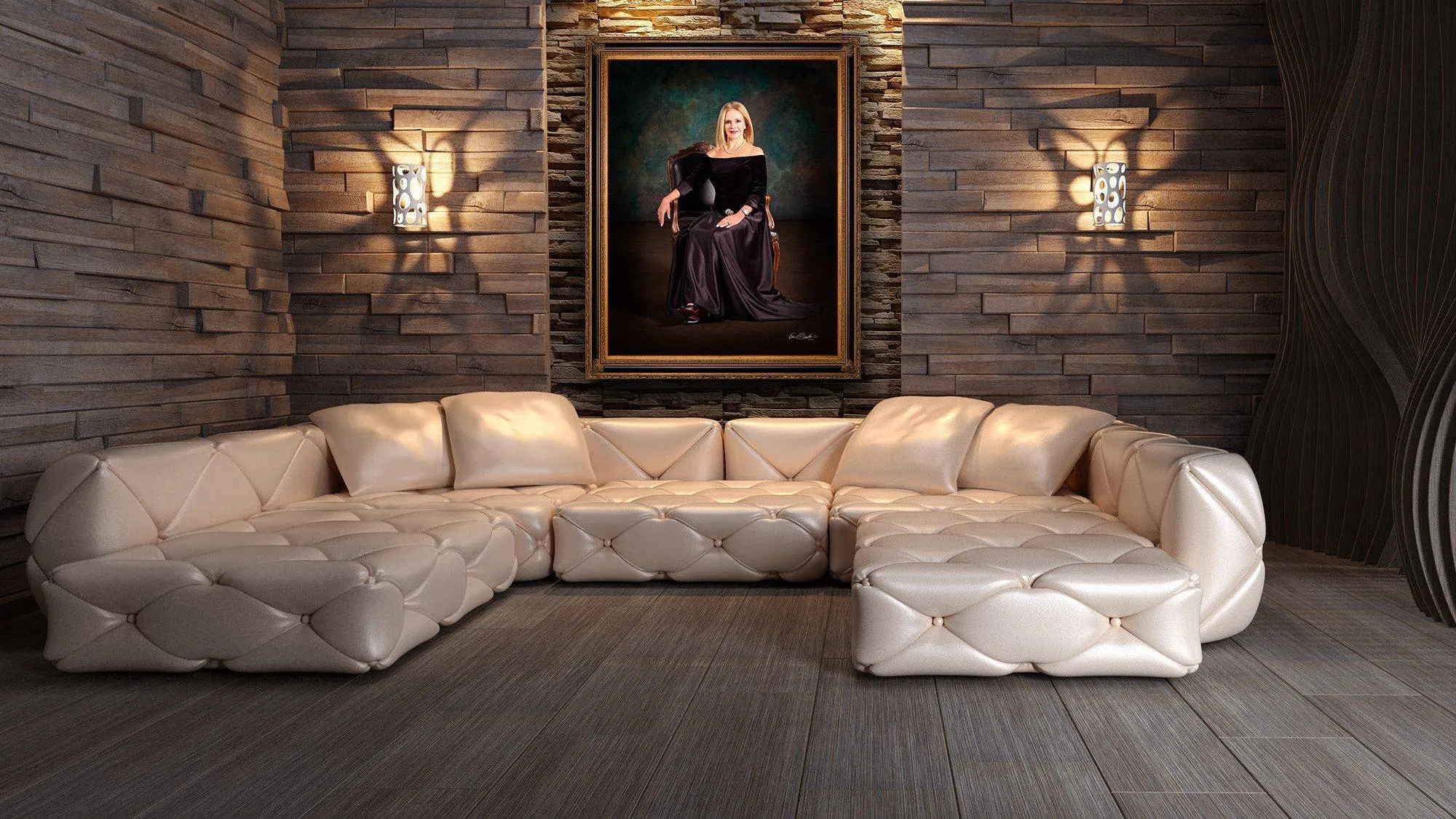
First, we must acknowledge that the grand portrait is a lost tradition that is now making a comeback. A walk through any major art museum reveals a clear truth: legacy portraits were the definitive record of a family’s matriarchs. As we explore in “The Contrarian Portrait,” these were not acts of vanity; they were a vital responsibility to family and history. The modern departure from this practice is a recent anomaly. To reclaim it is a pioneering act.
The External Pressure: The Psychology of the “Committee”
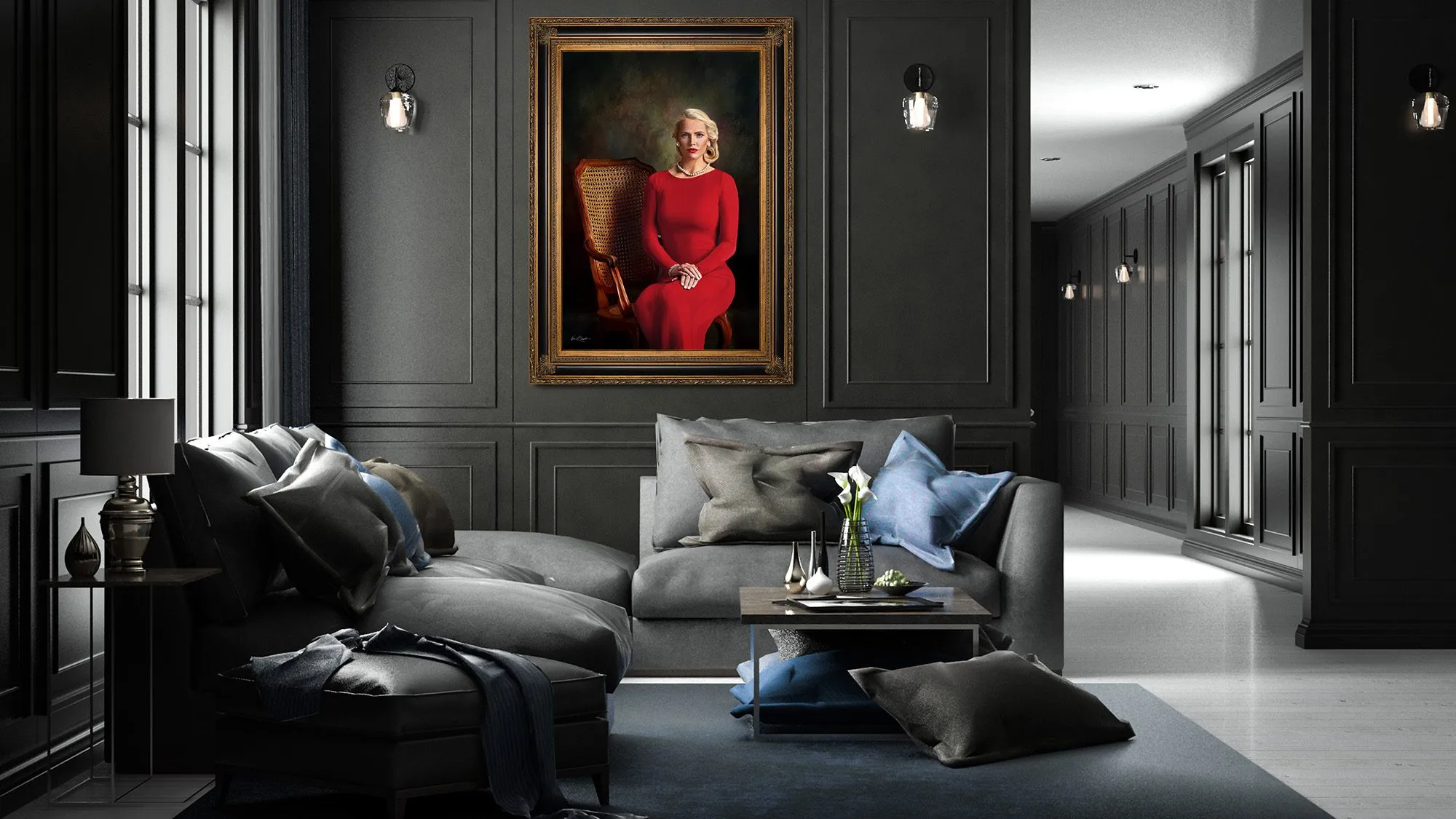
The most potent force a woman often faces is her “committee of peers.” The fear of how this group will perceive a significant acquisition is a powerful example of Normative Social Influence. In this phenomenon, our desire for acceptance can lead us to abandon our own judgment, as proven in the landmark conformity experiments by psychologist Solomon Asch.
This manifests as a fear of violating the unspoken rules of the group. In many social ecosystems, particularly in places like San Antonio, this can trigger what sociologists call “Tall Poppy Syndrome“—the tendency for a group to cut down a member who has risen above them. This social risk is the primary driver of self-sabotage, from “forgetting” to educate a spouse on the value of the commission to torpedoing a proofing session when a husband says, “get whatever size you want.” The fear of envy from the committee outweighs the desire for the masterpiece.
The Internal Dialogue: The Math of Fear
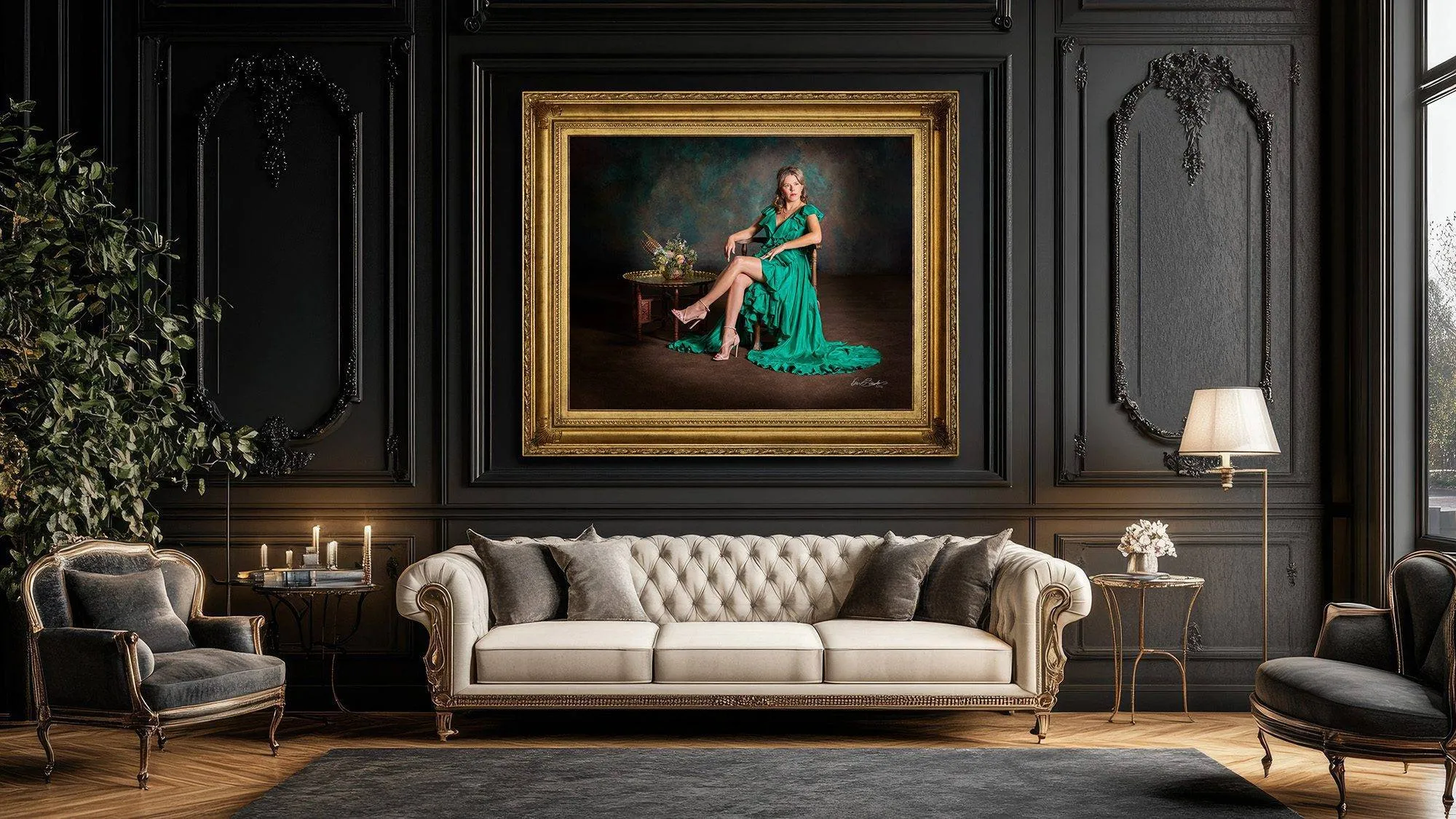
An internal cognitive bias amplifies this external pressure. Decisions are often approached through the lens of Loss Aversion, a principle identified by Nobel Prize-winning psychologists Daniel Kahneman and Amos Tversky. Their research proved that, for the human brain, the pain of a potential loss (the financial investment) is psychologically twice as powerful as the pleasure of a gain (the multi-generational legacy).
This creates a perfect storm of doubt, where an emotional fear of social judgment combines with a rational-feeling fear of financial risk, often leading to a rejection of the concept based on “ego” or “willful ignorance”—masks for a predictable and deeply human fear.
The Antidote: Arming the Matriarch with a New Narrative
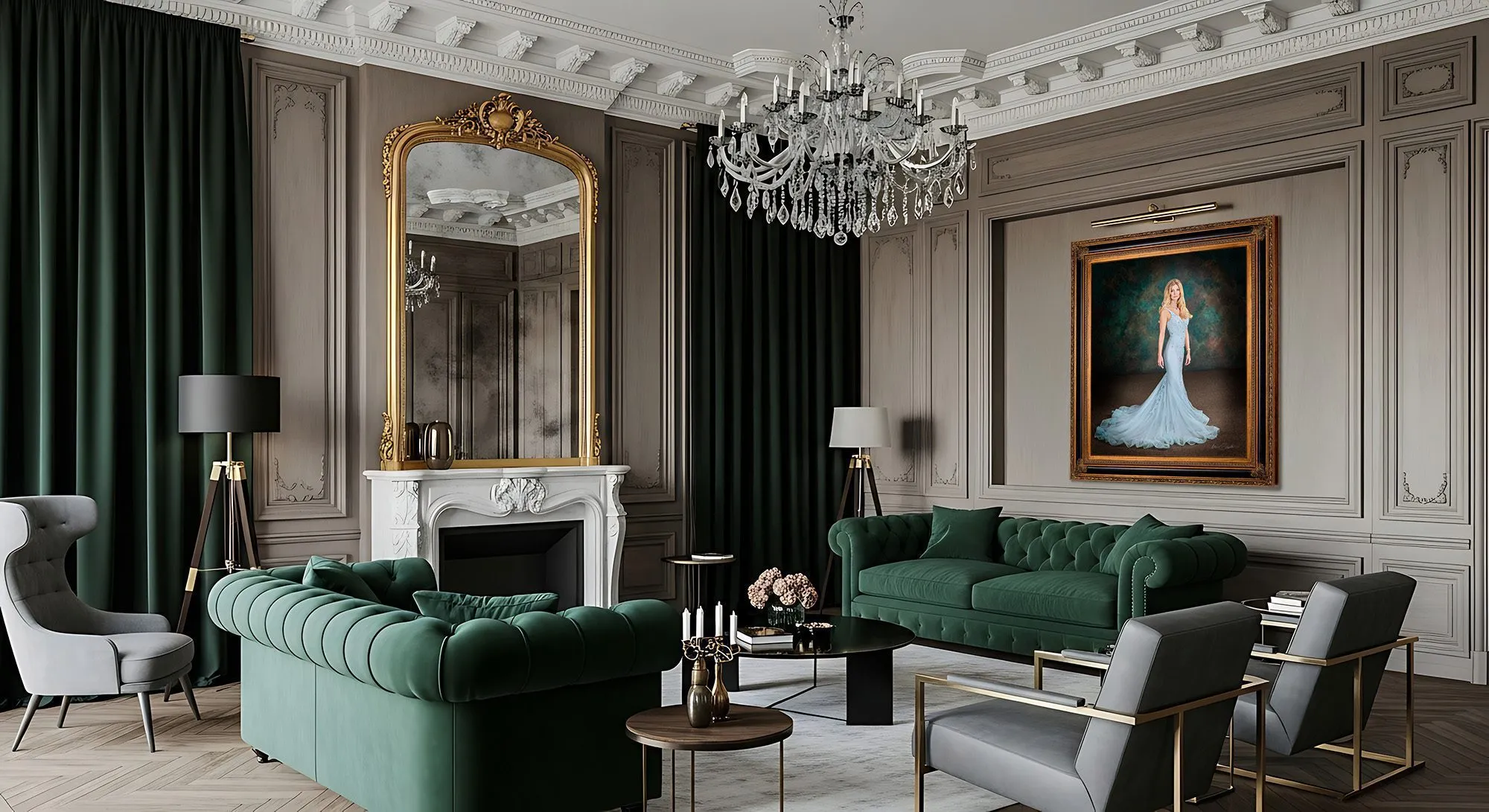
The solution is to provide the intellectual and historical “ammunition” to transform the decision from a social risk into an act of leadership.
- It is a return to a historical standard of excellence. You are not being extravagant; you are re-establishing the lost tradition of honoring the family’s matriarch.
- It is a demonstration of connoisseurship. As we explore in “The Mathematics of Beauty,” your understanding of the principles of mastery is a mark of sophistication.
- It is a collaborative act of creation. As our guide to the “Add an Egg” principle details, your involvement transforms the piece into a personal legacy.
- It is a strategic briefing for your partner. For many men, the world of fine art is an unfamiliar landscape. To help bridge this gap, we have created a specific guide for the modern patron. Sharing “The Patron’s Briefing” with your husband provides him with a framework to understand the history, strategy, and significance of this timeless investment.
Armed with this narrative, the conversation with a spouse or the committee changes. You are not asking for permission to indulge; you are leading your family in a strategic and profound act of historical preservation. This is the Matriarch’s Dilemma: to yield to the temporary pressures of the present, or to make a courageous decision for the sake of a permanent future.


